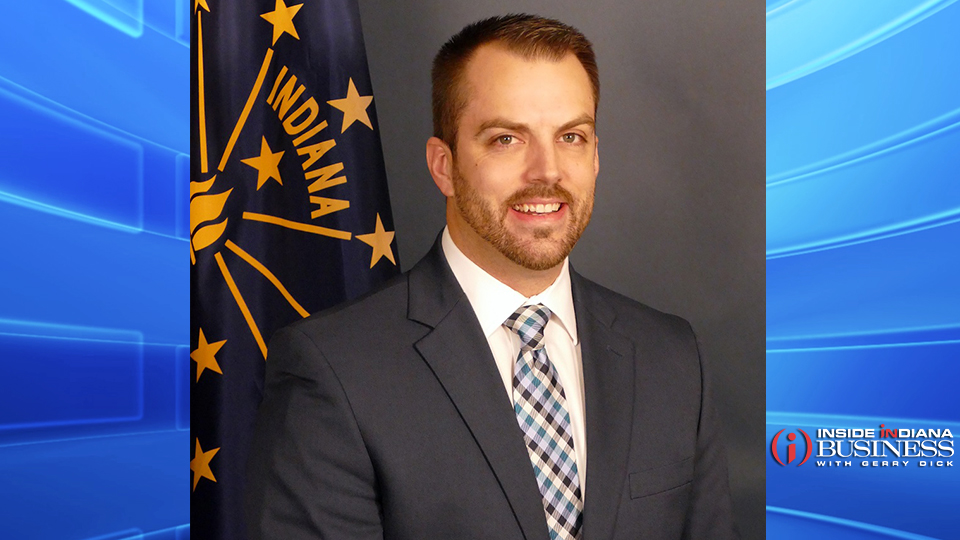State Making Progress to Clean Up Indiana Waterways
Subscriber Benefit
As a subscriber you can listen to articles at work, in the car, or while you work out. Subscribe Now
All waterways across Indiana should be safe for Hoosiers to enjoy swimming and fishing. That is the goal of the Indiana Department of Environmental Management (IDEM). To achieve this for our residents, our agency takes deliberate steps to protect, assess and, when needed, restore the waterways of Indiana.
Indiana is fortunate to have 62,500 miles of rivers and streams, and our goal is to ensure every mile can be enjoyed by millions of Hoosiers. IDEM places a high priority on testing waterways so that, if contaminants are found, we can develop a plan to restore the waterway, working with a variety of local stakeholder and watershed groups. However, determining the exact cause of a waterway’s contamination is difficult. For example, blaming the state’s agriculture industry for E. Coli that is found in waterways overlooks several other sources that share responsibility, such as failing septic systems, wildlife, and combined sewer overflows.
Between 2008 and 2019, we were able to cut by 45 percent the amount of untreated sewage entering our waterways. IDEM’s combined sewer overflow program is one way communities can work with us to dramatically reduce the amount of sewage that ends up in Indiana’s waterways.
Sewage discharges, which are one of the biggest contributors of E. Coli, can occur when rainfall or snowmelt overwhelms a sewer system, causing untreated sewage to flow directly into rivers and streams. Sewage overflows are being reduced because of the work of IDEM’s dedicated team and the commitment from local communities. By 2025, Indianapolis alone will have prevented more than 213 billion gallons of raw sewage from entering Indiana’s waterways since 2012.
With help from the Indiana Finance Authority (IFA), communities can obtain the infrastructure investments needed to stop raw sewage from entering our lakes, rivers, and streams. Since 1992, IFA has helped more than 600 communities improve drinking water and wastewater infrastructure by providing over $6 billion in low interest loans.
I’m proud of how IDEM has worked side-by-side with stakeholder groups to help improve water quality at the local level. Little Deer Creek, an 11.94-mile tributary of Deer Creek in Carroll and Howard counties, was added to Indiana’s list of impaired waters in 2016. IDEM engaged with local leaders to implement various agricultural best management practices, and follow-up sampling in 2019 indicated that the waterway once again fully supported aquatic life.
We also work with members of the Indiana Conservation Partnership to provide technical, financial, and educational assistance to Hoosiers working to positively impact our soil and water resources. A report from that organization showed that landowners helped prevent more than 1 million tons of sediment, 2.2 million pounds of nitrogen, and 1.1 million pounds of phosphorus from entering Indiana waterways in 2020. The Indiana State Department of Agriculture is working closely with the agriculture community on various conservation strategies such as the Indiana State Nutrient Reduction Strategy. This plan represents the state’s commitment to reduce nutrient runoff and ultimately improve our own lakes, streams and rivers, as well as downstream waterbodies such as the Mississippi River, Gulf of Mexico, and Great Lakes.
IDEM focuses on improving water quality in Indiana every day. We set high standards and are committed to improving Indiana’s waterways so that you and your family can continue to enjoy them for generations to come.
